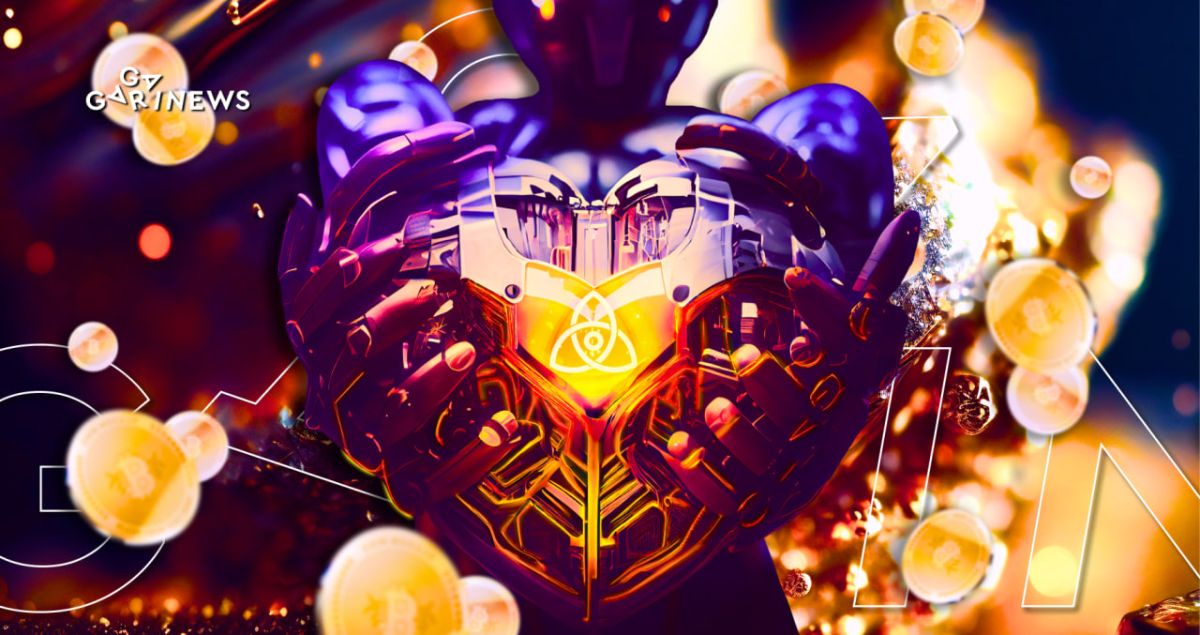Tendermint: Exploring the Protocol and its Applications

Tendermint is a consensus protocol utilized for synchronizing multiple blockchains. It was developed by Tendermint Inc. and is based on the Byzantine Fault Tolerance algorithm.
On this page
Understanding Tendermint: Simplifying the complexities
If you are not familiar with cryptography, let's try to explain what Tendermint is using everyday examples.
For those unfamiliar with cryptography, let's explain what Tendermint is using everyday examples.
Imagine a group of friends trying to decide where to dine together. They must agree on the same time and place, otherwise an important gathering will not happen. Some prefer pizzerias, pubs, and sushi bars. Some find it more convenient to meet on Friday night, while others prefer Saturday afternoon.
If a meeting is expected to occur but consensus cannot be achieved, it may be prudent to delegate authority to an impartial representative. This representative could listen to each individual's preferences and select a location that equally satisfies all parties. Furthermore, if someone attempted to thwart these efforts or entice others to another destination, the representative would quash any potential mutiny through the trust and confidence of the majority of the group.
The workings of Tendermint can also be likened to those of a referee at a sporting event. Their responsibility is to ensure that players do not break the rules and that the competition is conducted fairly.
In this respect, Tendermint serves as an impartial “referee” who ensures that all computers are adhering to the same set of rules, and that the information they exchange is valid.
The protocol allows nodes to reach consensus on the current state of the distributed ledger in a decentralized manner. This is crucial for monitoring digital assets movement and ensuring information accuracy. Tendermint ensures that all nodes process the same data, even if certain validators malfunction or attempt fraudulent activity.
Synchronization is achieved through a consensus algorithm called the Tendermint Core. This ensures that all nodes accept the same transaction sequence. This core can interact with blockchains inside and outside the main network. It serves as the foundation for any system where two or more distributed ledgers operate.
Tendermint Core can be likened to a ready-made pizza crust, onto which any toppings can be added according to personal preference.
This helps developers quickly pass the arduous technical setup phase and move directly to creating a functional dApp workspace.
To synchronize multiple blockchains, Tendermint Core uses an algorithm called Byzantine Fault Tolerance (BFT), which ensures the system remains operational even if a certain number of its nodes or components malfunction or act maliciously.
Understanding BFT: the simple explanation you've sought
The Byzantine Fault Tolerance (BFT) algorithm is a method of achieving consensus within a system, even when some of its components deliberately disrupt the process.
Let's say residents of a large apartment building find a map of the basement indicating treasure buried there. They are planning a search for it. However, there is a suspicion that some residents are untrustworthy or unwilling to work together. To ensure that honest participants can be confident that everything will work according to plan, they appoint several people as “validators”. These individuals are responsible for ensuring shared rules are followed. Each validator will report to the other residents, and if their reports match up, everyone will proceed with the search.
Similarly, the Tendermint Core algorithm operates similarly. Each node within the network transmits messages regarding the network's status to other validators, replicating them on the shared blockchain. Other nodes receive these messages and cross-reference them with their own data. If the consensus of the majority of validators concurs with a particular decision, it will be deemed accepted. You can delve further into Byzantine Fault Tolerance by reading our article.
The BFT algorithm, which forms the foundation of Tendermint Core, is designed to handle data from potentially fraudulent nodes to guarantee a consistent transaction history and prevent double-spending.
Tendermint in action: A look at projects leveraging the protocol
The Tendermint protocol is used in several blockchain projects, including Cosmos Network, Binance Chain, and Kava.
1. Cosmos Network is a decentralized system of independent blockchains that interoperate using the Tendermint protocol. Through its consensus mechanism, Cosmos ensures that all blockchains within its network are synchronized and operating in the same state, regardless of the presence of malfunctioning or malicious nodes. This unique feature empowers developers to build highly performant and scalable decentralized applications (dApps) on the Cosmos platform.
2. Binance Chain is a public cryptocurrency exchange network. It utilizes the Tendermint consensus mechanism to achieve fast synchronization of nodes, which is crucial for their agreement in processing transactions. The use of the BFT algorithm helps prevent double spending and other fraudulent activities.
3. Kava is a DeFi platform that uses the Tendermint protocol for coordinated and secure validator operations. The Kava platform allows users to borrow, lend, and trade cryptocurrency assets without intermediaries.
Overall, Tendermint Core is a fundamental building block for many crypto projects. It provides a scalable consensus mechanism that ensures most nodes can resist manipulation and hacking attempts. Its implementation guarantees a network where decentralized applications can operate freely and securely without diverting resources towards protecting them from breaches. Developers can concentrate on writing code to launch dApps without being bogged down by security concerns.
Yet Tendermint's main advantage lies in its high throughput capacity. The protocol processes thousands of transactions per second, making it an invaluable asset for high-performance applications.
The content on The Coinomist is for informational purposes only and should not be interpreted as financial advice. While we strive to provide accurate and up-to-date information, we do not guarantee the accuracy, completeness, or reliability of any content. Neither we accept liability for any errors or omissions in the information provided or for any financial losses incurred as a result of relying on this information. Actions based on this content are at your own risk. Always do your own research and consult a professional. See our Terms, Privacy Policy, and Disclaimers for more details.

























